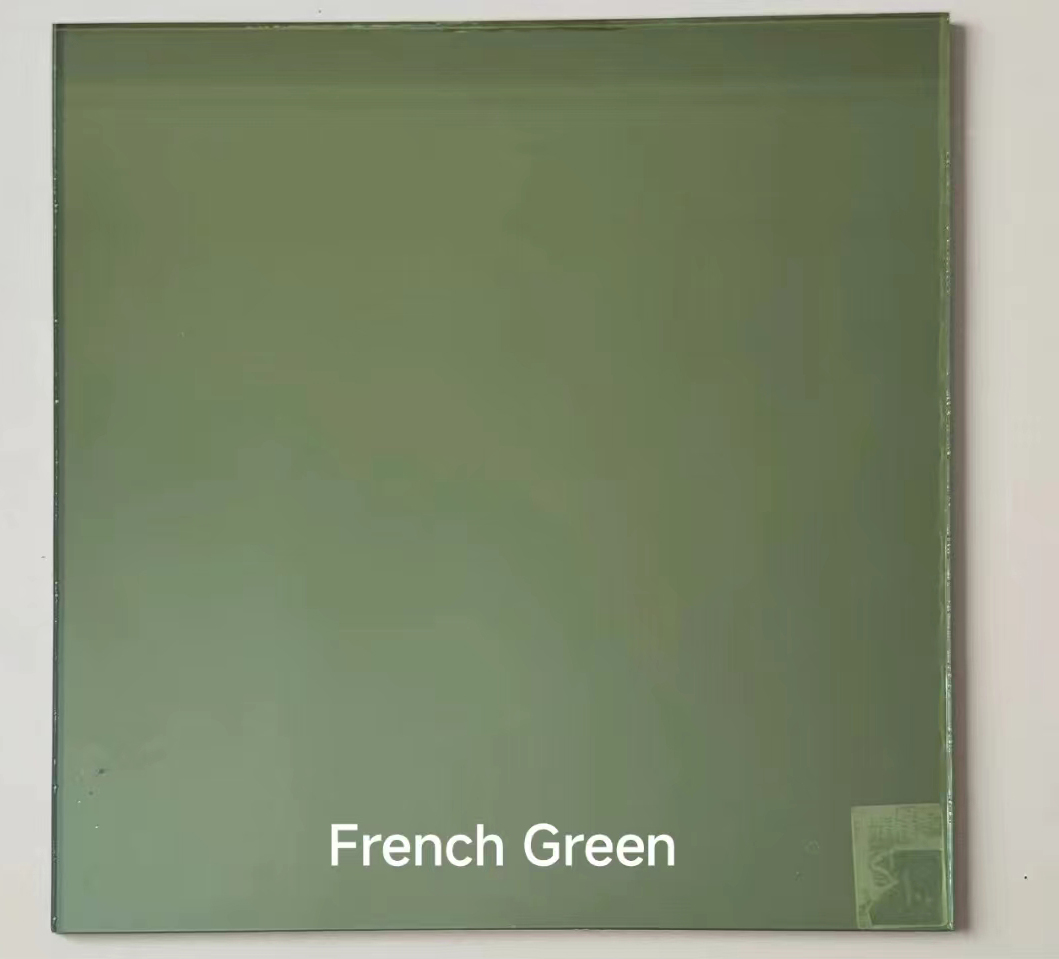

The Allure of Blue Float Glass A Contemporary Architectural Gem
In the realm of architectural design and construction, the materials chosen play a critical role in defining aesthetics, functionality, and sustainability. Among these materials, blue float glass has emerged as a remarkable choice, captivating architects, designers, and homeowners alike with its unique properties and stunning visual appeal. This article delves into the fascinating characteristics of blue float glass, its applications, and the reasons behind its rising popularity in modern architecture.
Understanding Float Glass
Float glass is a type of glass that is produced by floating molten glass on top of molten tin. This innovative manufacturing process results in a smooth, uniform thickness and clear, flint-like qualities. However, when pigments are added to the molten glass, it can transform into various colors, including a captivating blue. The process preserves the glass's clarity while introducing a rich hue, allowing for a stunning visual effect that can enhance any building's design.
The Aesthetic Appeal of Blue Float Glass
One of the standout features of blue float glass is its striking color. The serene, calming shades of blue evoke feelings of tranquility and depth, reminiscent of clear skies and tranquil waters. This color can serve numerous purposes in architectural design. It can complement natural surroundings, reflect environmental elements, and even contribute to the mood of a building’s interior space. When illuminated by natural or artificial light, blue float glass can create breathtaking visual effects, ranging from soft highlights to bold splashes of color.
Architects and designers often utilize blue float glass to create facades that stand out in urban landscapes. The ability of this glass to reflect and refract light gives buildings a dynamic character, making them engaging and visually stimulating. Additionally, blue float glass can be used to create intricate designs that are both functional and decorative, such as stained glass windows or glass partitions that promote privacy without sacrificing light.
Applications in Modern Architecture

Blue float glass is versatile, making it suitable for various applications within contemporary architecture. It is often used in commercial buildings, public spaces, and residential projects. In commercial settings, blue float glass can create a sophisticated and modern look, making it an excellent choice for offices, retail spaces, and hospitality venues. For example, large glass facades can offer panoramic views while allowing for abundant natural light, reducing the need for artificial lighting.
In residential design, blue float glass adds a touch of elegance and exclusivity. Homeowners increasingly use it for windows, sliding doors, and even shower enclosures, creating serene spaces that invite the outside in. When used architecturally, blue float glass can transform an ordinary living space into an extraordinary one, providing both visual interest and enhanced ambiance.
Moreover, blue float glass can enhance energy efficiency in architecture when paired with low-emissivity (Low-E) coatings. These coatings minimize heat transfer, keeping interiors cool during the summer and warm during winter while still allowing natural light to penetrate. This not only benefits the environment but also contributes to cost savings in energy consumption.
Sustainability and Environmental Considerations
As sustainability becomes increasingly vital in architecture, blue float glass holds its own. Glass is fully recyclable, and many manufacturers prioritize sustainable practices in its production. When buildings made with blue float glass reach the end of their lifecycle, the glass can be repurposed, reducing waste and environmental impact. Additionally, the energy-saving properties addressed earlier contribute to a more sustainable approach to building design.
Conclusion
In summary, blue float glass represents a convergence of beauty, functionality, and sustainability in modern architecture. Its stunning aesthetic appeal, coupled with its adaptability and energy-efficiency properties, makes it a favorite among architects and designers. As the demand for innovative materials grows in a rapidly changing world, blue float glass stands out not just as an architectural element but as a symbol of contemporary design philosophy—one that values harmony with nature, aesthetic excellence, and sustainable practices.